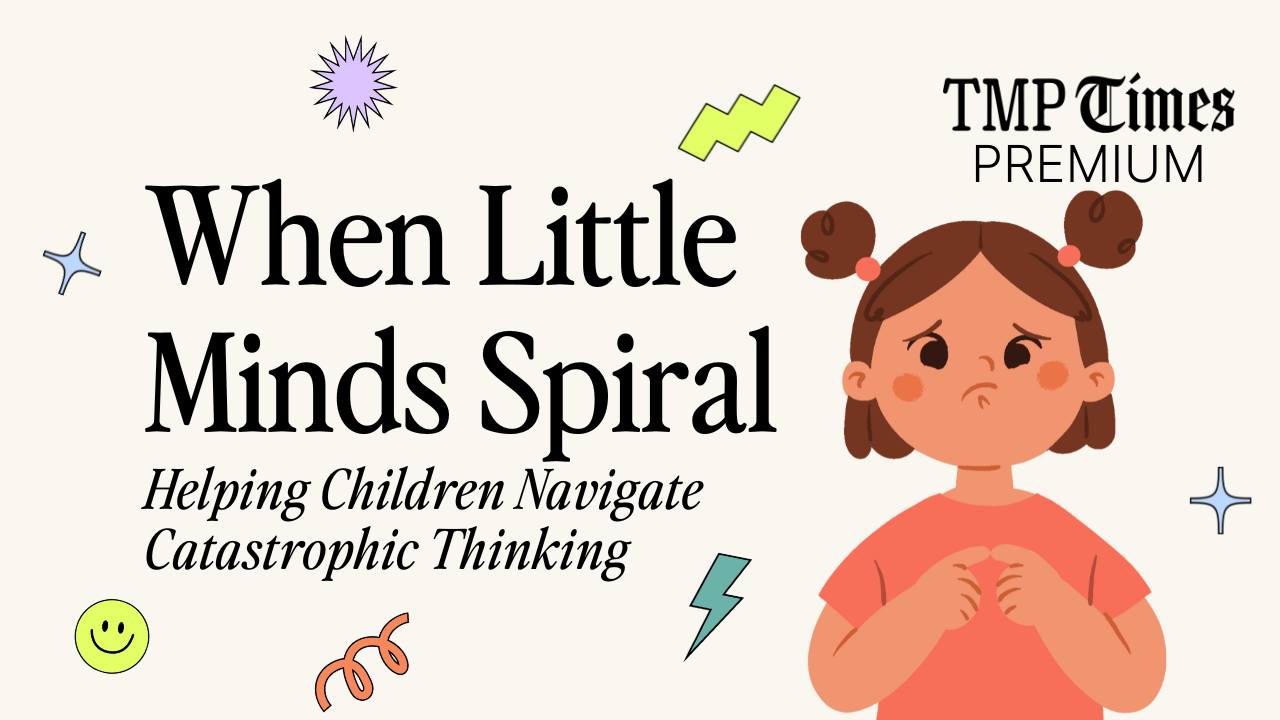4 Hidden Mistakes That Make Child Aggression Worse (Even When We Mean Well)


Here's a mindset shift that will transform how you respond to aggressive behavior: Your child isn't being defiant - they're dysregulated.
I know what you're thinking - "But when my child throws blocks or hits their sister, it feels like they're just being mean and defiant!"
But here's the truth - children *want* to do well. They don't want to be "mean" or defiant. All of us, including our children, want to do well and be liked by others.
What gets in the way? Their emotions.
And as parents, our typical responses (giving stern commands, implementing surprise consequences, and launching into lectures) actually makes things worse.
Why? Because when children are emotionally dysregulated, their emotional brain takes over and their logical brain takes a back seat.
So all our well-meaning attempts to "teach them a lesson" in these moments? They're actually creating more dysregulation.
Let's break down exactly what's happening in your child's brain during these moments and, most importantly, how to turn things around.
In this week’s lesson, we'll explore:
- The 4 common mistakes we make (without meaning to) when our child gets aggressive
- Why typical discipline approaches backfire during heated moments
- How to respond in ways that help your child learn and grow
- Printable: Navigating Child Aggression: A Decision Tree to Help Parents Respond Effectively

Does this pattern sound familiar?


The 4 Common Mistakes Parents Make When Their Child Gets Aggressive
For the purposes of this next section, I’m going to sub out “aggressive” with “dysregulated” because I think it helps re-frame our mindset.
When we see aggressive behaviors, our minds label these behaviors as mean, rude, bad, disrespectful.
But if we start to see these periods as emotional dysregulation, we’re more likely to label the behavior more accurately.
According to Web MD, the term “emotional dysregulation is used to describe an emotional response that is poorly regulated and does not fall within the traditionally accepted range of emotional reaction. It may also be referred to as marked fluctuation of mood, mood swings, or labile mood.”
Mistake 1: Giving directions to a dysregulated child
When our child becomes aggressive, it’s so tempting to give them a direction to try to gain control and order over a chaotic situation.
But here’s what I need you to know - It’s nearly impossible get cooperation when you tell a screaming child to “Pick up the blocks.”
Sure it might work for some children some times. But more often than not, it only adds fuel to the fire.
Why? Because when they don’t listen to our directions, we become dysregulated (leading to mistakes 2-4). So we end up accidently making a bad situation worse.
But let me back up. Why does giving directions to a dysregulated child often backfire?
[🔓This article is for premium members. Not a premium member yet? Start your free 7-day trial now. ⤵]
 When Little Minds Spiral - Helping Children Navigate Catastrophic Thinking
When Little Minds Spiral - Helping Children Navigate Catastrophic Thinking
 Sibling Rivalry - Turning Conflicts into Connections
Sibling Rivalry - Turning Conflicts into Connections
 Breaking the Cycle: How to Stop Repeating Phrases Your Parents Said (That You Swore You Never Would)
Breaking the Cycle: How to Stop Repeating Phrases Your Parents Said (That You Swore You Never Would)

